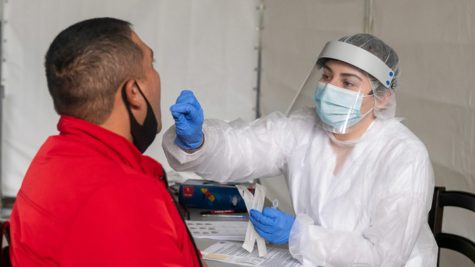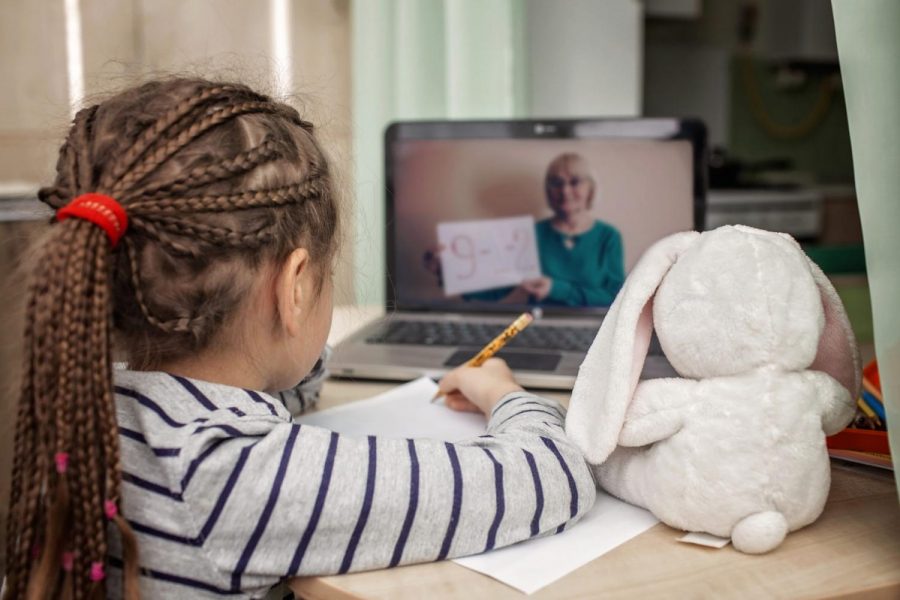Pandemic Spreads Chaos Within Foster Care
Fighting for children’s safety, foster care systems have been struggling more than ever this year due to COVID-19. Recent changes have made it challenging for social workers to provide placement, future guidance, and adoption for local children.
Governor Greg Abbott’s stay at home order has made it difficult for children who suffer from abuse, substance abuse, neglect, or violence, according to anti-domestic abuse groups. They say that in-person school allowed kids to escape from home and made it more likely for teachers and classmates to notice unhealthy signs. The classroom and playground also provide opportunities to safely talk to others about what was happening inside their home. With children transitioning to online school these opportunities were taken away, and might even cause more abuse due to parents’ stress under the child’s presence.
Children currently in foster care are unable to meet in-person with their birth parents or families. Instead of meeting in-person to connect, they greet each other through screens. This causes emotional pain and separation anxiety among both the parents and the child. This especially affects relationships with children that are newly born. In these scenarios, a normal visitation would involve the parent holding or feeding the baby. Over facetime, foster children are often distracted and unamused because they are not welcomed with physical contact.
“More than a quarter of the youth we serve in foster care have disengaged from school,” Treehouse CEO Lisa Chin said in a press release this year. “Twenty-six percent have disengaged and there are many other concerning trends.”
Children dealing with the recent grief of a lost guardian are losing access to therapeutic services like school and other activities related to their routine and advocates say it’s hard for them to adjust to the virtual environment while undergoing emotional distress. Older children on the path to leaving foster care have a greater chance of becoming homeless as well.
In addition to these concerns, it is now harder for foster care systems to find homes willing to take in children. Fewer people are adopting due to financial setbacks and adoption advocates are afraid that people are hesitating to adopt due to the possible exposure of COVID-19. Nonprofits and foster care agencies encourage people and families to help in any way they can including donating, volunteering, and becoming a foster parent.

Hey! I am in the class of ‘22 here at Westwood. Outside the press room you can find me hours deep in a book or playing Minecraft. I am the definition...





